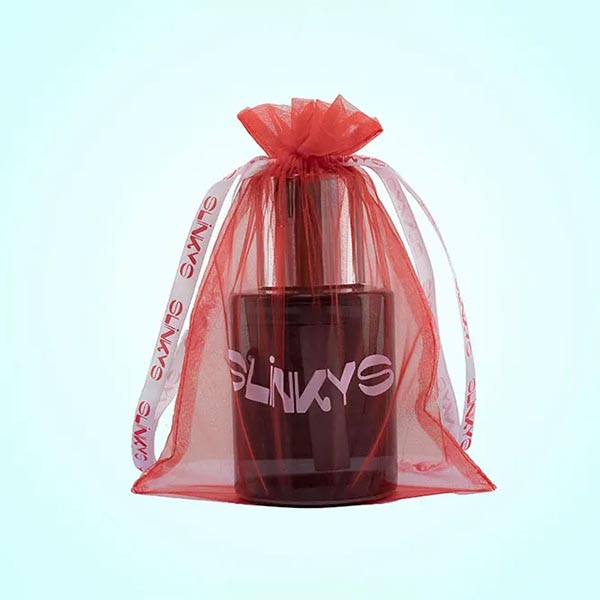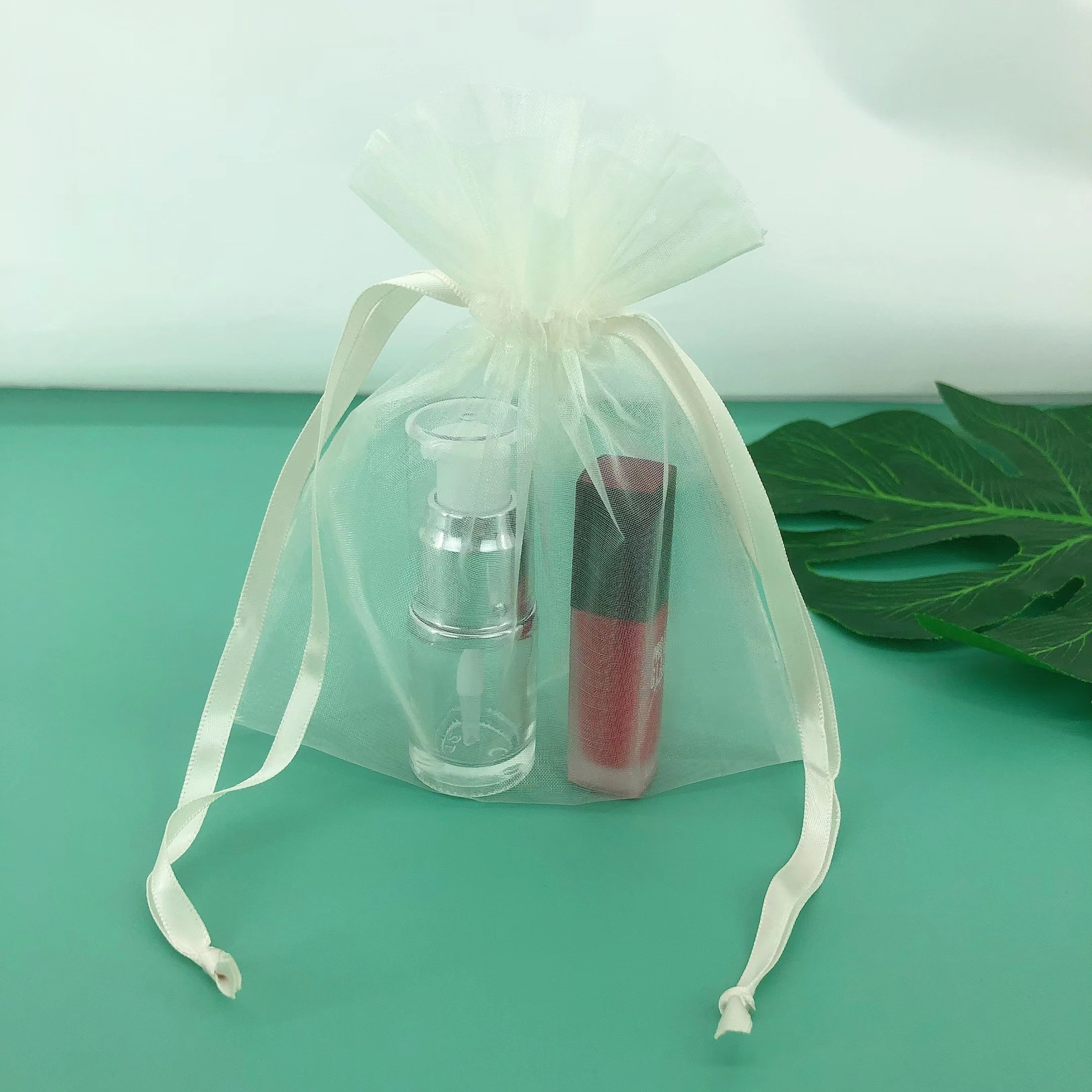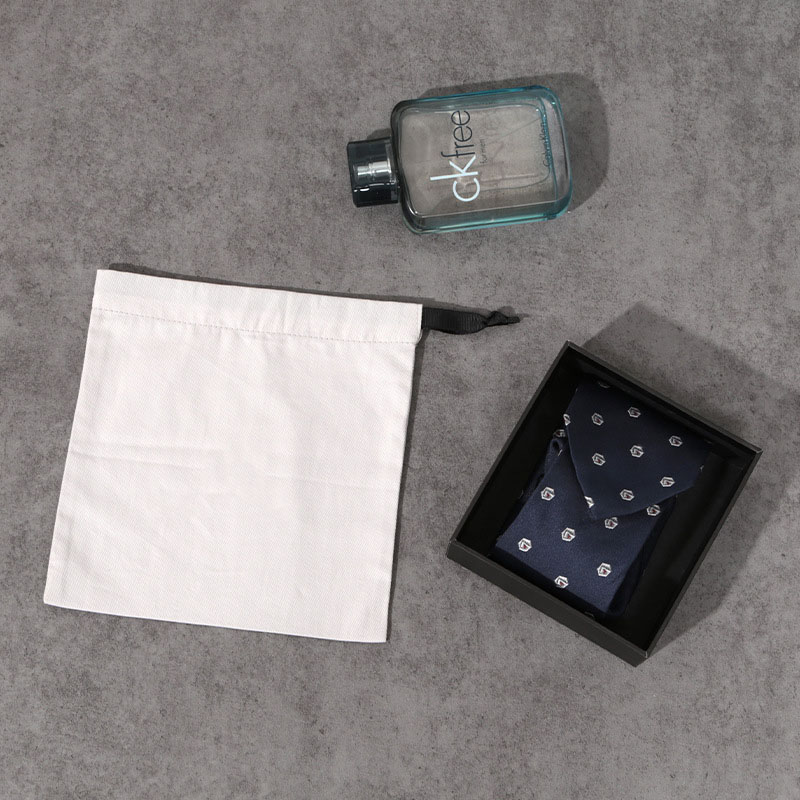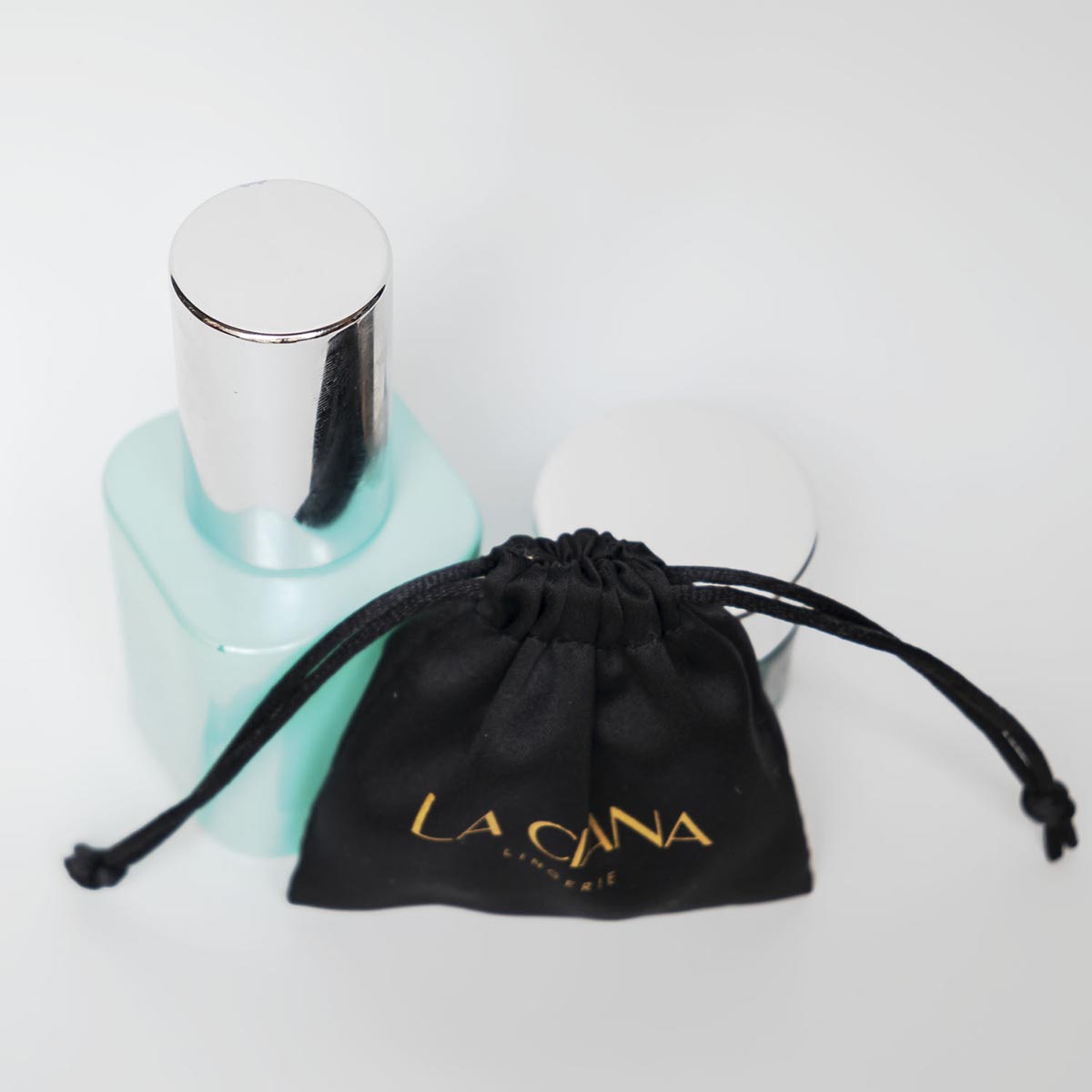Fabric Encyclopedia of Drawstring Bags for Perfume and Cosmetics
In the perfume and cosmetics industry, drawstring bags have long transcended their role as basic packaging, evolving into dual carriers of brand aesthetics and practical value. As market demands become increasingly refined, fabric selection is no longer just about protection—it directly influences tactile consumer experience and sustainability perception. From the classic safety of cotton canvas to the odor-neutralizing innovation of coffee-infused polyester, from smart magnetic compartmentalization to religious-compliance detailing, every fabric decision impacts cost control, market access, and brand premium potential. This article breaks down the technical parameters, commercial logic, and global compliance landscape of drawstring bag fabrics, offering brands both strategic insight and practical solutions.
Core Logic of Fabric Selection (Fundamental Industry Insights)
1. Penetration Data Benchmarks
- Global market research reveals:
- 65% of high-end perfume bags use cotton/linen materials (2023, Statista)
- Waterproof polyester for travel sets saw a 23% YoY increase (especially in Southeast Asia)
- Eco-friendly materials can command a price premium of up to 40% (particularly in the EU)
2. Consumer Psychology Mapping
- Tactile memory: Velvet fabric increases unpacking time by 15 seconds, enhancing sense of ritual
- Color retention: Dark-colored polyester improves brand logo recall by 27% compared to lighter fabrics
- Eco-premium: Drawstring bags with recycled content show a 32% higher repurchase rate
7 Practical Fabric Options for Perfume and Cosmetic Drawstring Bags
1. Cotton Series – The Safe Classic
- Pure cotton canvas: Thickness ranges from 300D to 600D, soft touch, ideal for perfume gift sets (e.g., Jo Malone-style pouches)
- Organic cotton: GOTS-certified, suitable for export to EU/US markets; naturally anti-static
- Note: Prone to wrinkling when wet; pairing with waterproof lining is recommended
2. Polyester (PET) – Best Cost Performance
- Matte polyester: Cotton-like texture, abrasion-resistant, 30% cheaper than cotton
- High-density Oxford fabric: Water-repellent, ideal for travel-size toiletry bags
- Special treatments: UV-blocking coatings (UPF50+) available to protect light-sensitive perfumes
3. Velvet Series – For a Premium Feel
- Short-pile velvet: A winter bestseller; warm to the touch, perfect for Christmas limited editions
- Velour: Natural sheen complements color cosmetics like lipsticks and eyeshadow palettes
- Tip: Dark velvet tends to attract lint; light colors are preferred
4. Nylon – Lightweight & Durable
- 210T nylon: 40% lighter than canvas, supports up to 5kg; suitable for duty-free gift bags
- Stretch nylon: Flexible to fit bottles of various sizes
- Recommendation: Add reflective drawstrings for safety in nighttime use
5. Linen Series – Nature-Inspired & Sustainable
- Jute blends: Rugged texture ideal for niche fragrance brands; excellent breathability
- Linen: Recommended with double-layer design (linen outer + cotton inner) to prevent snagging
- Marketing highlight: Emphasize “plant-based and biodegradable” concept
6. Functional Coated Fabrics
- PEVA waterproof layer: Prevents cosmetic leakage; widely used by maternity and baby care brands
- Aluminum foil lining: Insulates against temperature changes, reducing perfume evaporation (up to 2 hours of cooling tested)
- Silicone dot printing: Anti-slip particles on the inner lining to stabilize glass bottles
7. Non-woven Fabric – FMCG Favorite
- Thickened non-woven (80g/m²): Ultra-low cost (as low as $0.03/unit), suitable for promotional giveaways
- Washable non-woven: Reusable up to 5 times, balancing sustainability and cost
Fabric Selection Recommendations
| Product Type |
Recommended Fabric |
Key Craft Details |
| Luxury Perfume |
Cotton canvas + gold foil logo |
Lined with tissue paper |
| Travel Cosmetics |
Waterproof nylon + mesh layering |
YKK drawstring toggles |
| Holiday Limited Edition |
Short-pile velvet + ribbon trim |
Laser-cut scalloped edges |
| Eco-friendly Products |
Jute + plantable seed tags |
Plant-based dye printing |
Advanced Fabric Solutions (Beyond Conventional Choices)
1. Special Functional Fabrics
| Fabric Type |
Technical Breakthrough |
Commercial Use Case |
| Coffee carbon fiber poly |
Contains 8% coffee grounds; odor-adsorbing |
Japanese brand reduced returns by 18% with deodorizing bags |
| PCM (Phase Change Cotton) |
Maintains 18–25°C smart temperature range |
Essential for perfume shipping in Middle Eastern markets |
| Laser-etched nonwoven |
0.1mm precision, logo shines through |
67% price premium for glow-in-the-dark display bags at duty-free |
2. Composite Structure Innovations
- Sandwich construction: Linen exterior + EVA shock-absorbing middle + suede inner lining (anti-drop design)
- Magnetic compartments: Built-in magnets for product separation; Red Dot Award-winning concept
- Detachable lining: PEVA inner liner separates from cotton outer bag (cuts cleaning cost by 50%)
Global Compliance Landscape
1. Regulatory Watchlist
- EU: REACH bans 300+ substances (notably phthalates)
- USA: CPSC limits drawstring length to <22.86cm (choking hazard for children)
- Japan: JIS L0217 requires fabric colorfastness ≥ Grade 4
2. Religious and Cultural Sensitivities
- Middle East: No pig leather components allowed
- India (Hindu market): Avoid cowhide accessories
- Buddhist countries: Favor plain, animal-free patterns
Brand Decision Tree Model
- Brand Positioning → Budget Range → Usage Scenario → Selection Path
- Premium Line: Organic cotton/linen → Hand stitching → Plant-based dyeing → Eco-certification
- Mass Market Line: Recycled polyester → Digital direct printing → Prefab mold → Vacuum packing
- Gift Line: Velvet → Magnetic opening → Gold stamping → Custom gift box
Conclusion
The evolution of drawstring bag fabrics in the beauty industry reflects the dual engine of consumer demand and technological innovation. Whether it's the safety-focused organic cotton, the travel-ready high-density nylon, or the interactive thermal-regulating materials, all serve the core function of precisely aligning physical needs with cultural narratives. Today's decision-makers must simultaneously balance three dimensions: material cost vs. process loss, compliance (eco-certifications and religious taboos), and the synergy between tactile branding and functional innovation. As biodegradable materials and modular designs become mainstream, drawstring bags are poised to evolve into sustainable, system-based packaging that bridges product value and emotional connection.






 We like to do design according to all the customers' requirements, or offer them our new designs. With strong OEM/ODM capabilities, we can fill your sourcing demands.
We like to do design according to all the customers' requirements, or offer them our new designs. With strong OEM/ODM capabilities, we can fill your sourcing demands.